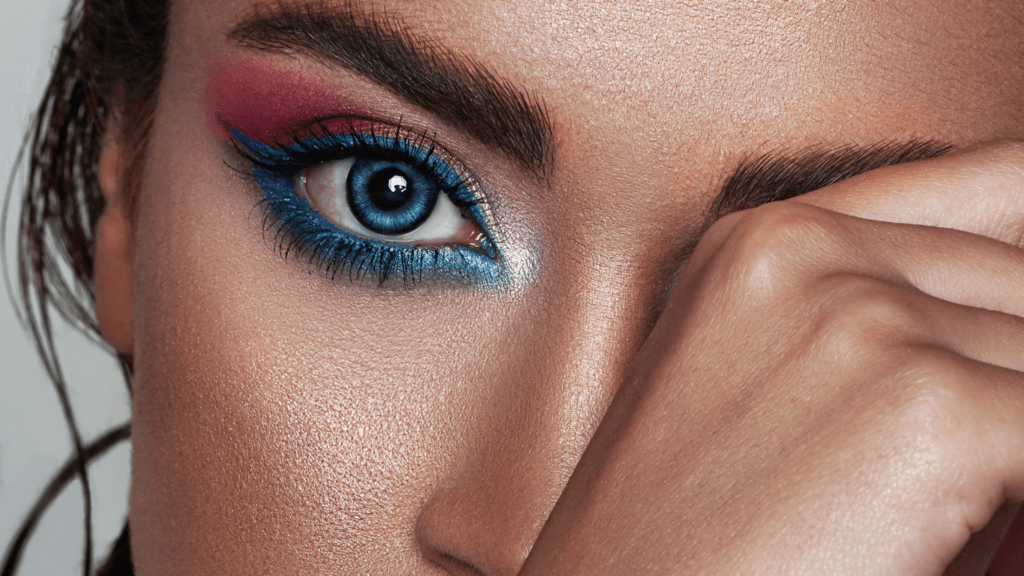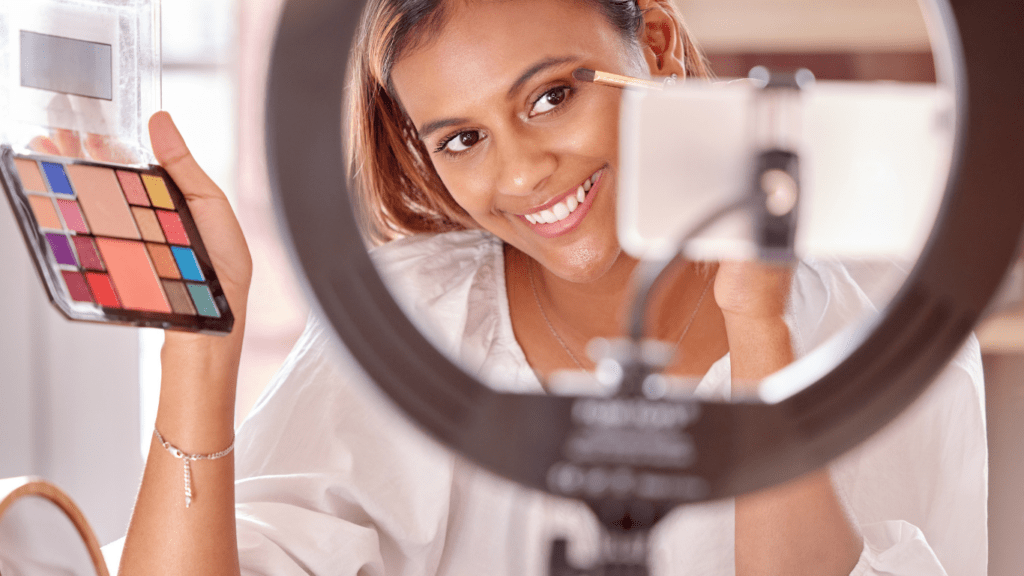Evolution of Beauty Trends
Beauty trends have transformed significantly over time, influenced by various social and technological advancements.
Traditional Beauty Standards
Traditional beauty standards were largely shaped by cultural, societal, and media influences, with limited ways to disseminate trends. Magazines and television played key roles in defining beauty ideals, which were often Eurocentric and exclusionary. Examples include the iconic ’50s pin-up looks and the ’80s supermodel era. These standards prioritized certain body types, facial features, and skin tones.
Shift Towards Social Media Influence
Social media has drastically shifted beauty trends, making them more inclusive and diverse. Platforms like Instagram and TikTok allow influencers and everyday users to share and explore beauty standards in real-time. Viral trends, such as contouring and glass skin, originate from different parts of the world, showcasing a variety of looks. This democratization of beauty enables more representation and personalization, empowering individuals to embrace unique styles.
Role of Influencers and Celebrities
Social media influencers and celebrities play pivotal roles in shaping beauty trends. They have the power to introduce, popularize, and even revamp trends instantly.
Instagram and Beauty Influencers
Instagram, a primary platform for beauty influencers, has become the epicenter of beauty trendsetting. Influencers like Huda Kattan and James Charles instantly reach millions, showcasing these:
- new makeup techniques
- skincare routines,
- beauty products
Followers often emulate these trends, creating a ripple effect across the online beauty community. Influencers provide tutorials, product reviews, and personal experiences, offering a diverse range of beauty standards. They also collaborate with beauty brands to develop and promote new products, ensuring trends are both current and commercially viable.
Celebrity Endorsements
Celebrities also significantly impact beauty trends. When high-profile individuals like Rihanna or Kylie Jenner endorse a product or style, it gains widespread attention.
Their massive followings on platforms like Instagram and Twitter amplify their influence. Celebrities often set trends by simply using specific beauty products or adopting particular styles.
For instance, Rihanna’s Fenty Beauty line, known for its inclusive range of shades, reshaped the industry’s approach to diversity. Celebrity endorsements often result in a surge in product sales and trends becoming mainstream, making these endorsements highly valuable.
Popular Platforms Shaping Beauty Trends
Social media platforms play a pivotal role in shaping beauty trends. Each platform offers unique features that allow influencers to reach vast audiences and influence beauty standards.
Instagram stands at the forefront of beauty trends. I notice that beauty influencers utilize Instagram’s visual-centric platform to showcase makeup tutorials, skincare routines, and product reviews. High-resolution images and short-form videos make it easy for users to consume content quickly. The Stories feature allows influencers to provide behind-the-scenes looks at their daily routines, enhancing authenticity.
YouTube
YouTube remains a powerhouse for long-form beauty content. Beauty vloggers use YouTube to deliver comprehensive makeup tutorials, product hauls, and in-depth reviews. Channels like Tati Westbrook and Jackie Aina garner extensive followings due to their detailed, high-quality videos. Viewers often rely on these in-depth reviews before making purchases, making YouTube a trusted resource for beauty advice.
TikTok
TikTok accelerates beauty trends through viral short-form videos. I observe that the platform’s algorithm curates a personalized feed, exposing users to popular beauty hacks, challenges, and transformations. Influencers like Addison Rae and Mikayla Nogueira leverage TikTok’s quick, engaging format to introduce new products and techniques, often leading to viral trends.
User-Generated Content and Viral Trends

User-generated content (UGC) drives viral beauty trends on social media. Platforms empower users to share their own beauty routines, contributing to the mainstream popularity of specific products or techniques.
Hashtags and Challenges
Hashtags and challenges drive engagement and visibility for beauty trends. Popular hashtags like #contourchallenge and #nomakeup revolutionized how users interact with beauty content. These tags aggregate similar posts, making it easier for users to discover and participate in new trends.
Challenges often incentivize user participation by promising visibility or even collaboration opportunities with brands. When individuals see peers participating in a challenge, they’re more likely to join in, helping trends gain momentum quickly. Influencers often pioneer these challenges, lending credibility and reach to new beauty concepts.
Influence of Beauty Vloggers
Beauty vloggers play a pivotal role in shaping beauty trends. Their extensive reach and trusted opinions guide consumer choices. Vloggers like Jeffree Star and NikkieTutorials provide detailed reviews, tutorials, and first impressions that resonate deeply with their audience.
Their content usually includes honest feedback, making it a reliable source for many. Companies often collaborate with these influencers for product launches, leveraging their influence to drive early adoption and popularity. The real-time feedback from vloggers also aids brands in refining their offerings, enhancing their market success.
The Dark Side of Social Media Influence
Social media’s impact on beauty trends isn’t always positive. This section addresses some of the adverse effects on individuals and society.
Unrealistic Beauty Standards
- Social media platforms often promote unrealistic beauty standards.
- Filters, photo editing apps, and curated images create an idealized version of beauty that’s often unattainable.
- Celebrities and influencers use these tools to showcase flawless skin, perfect body shapes, and symmetrical features.
- These representations can distort perceptions of normalcy and beauty.
- Influencers tend to promote products and aesthetic procedures that conform to these ideals, making them seem necessary for self-worth and acceptance.
Impact on Mental Health
Constant exposure to curated beauty images affects mental health. Seeing seemingly perfect visuals can lead to feelings of inadequacy and low self-esteem.
Research published in the Journal of Clinical Psychology indicates that social media use is linked to higher levels of anxiety and depression, particularly among young adults.
Body dysmorphia and eating disorders are more prevalent in communities with heavy social media consumption. Individuals might engage in harmful behaviors to meet these distorted beauty standards, contributing to long-term emotional and psychological distress.
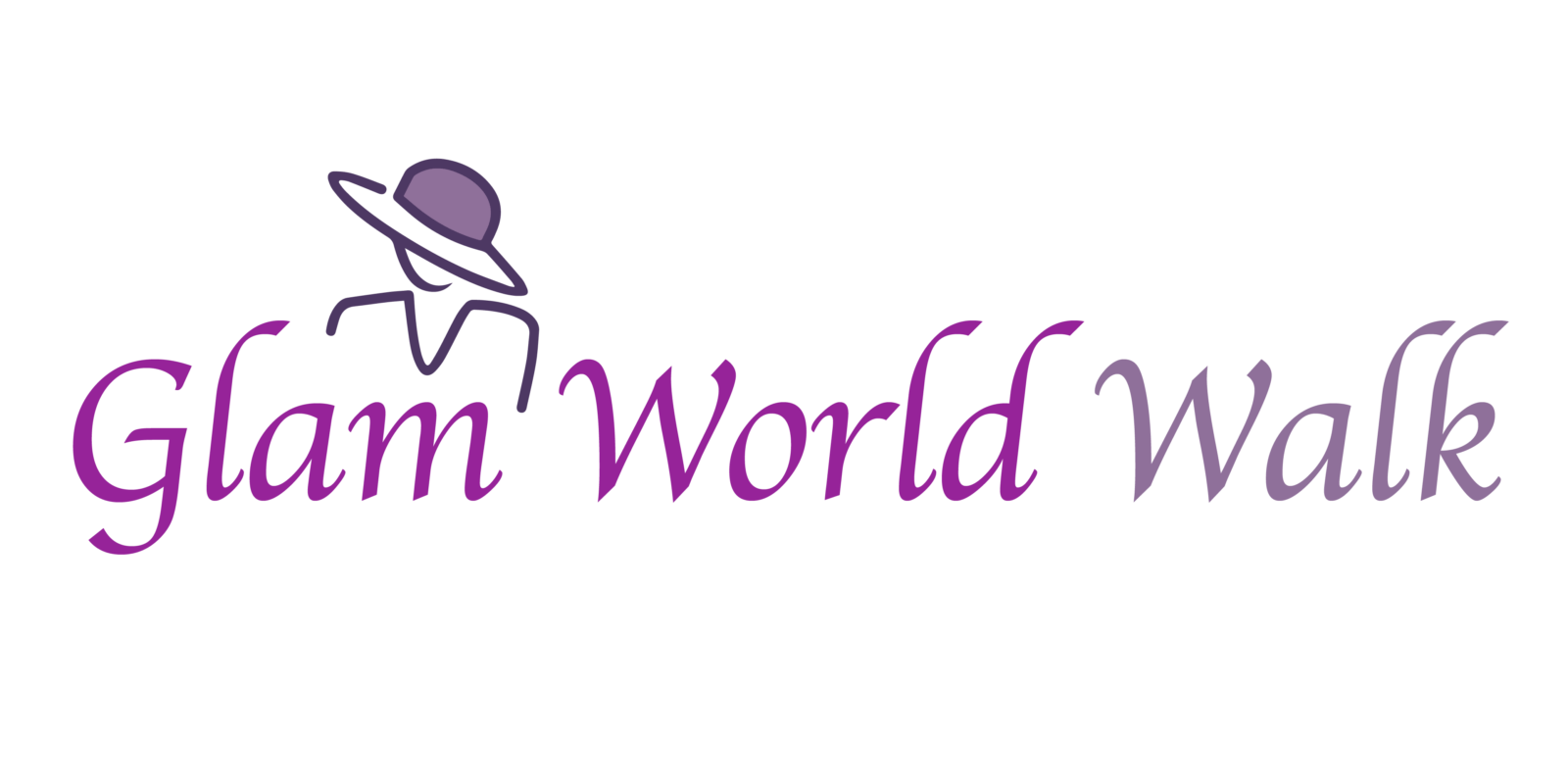
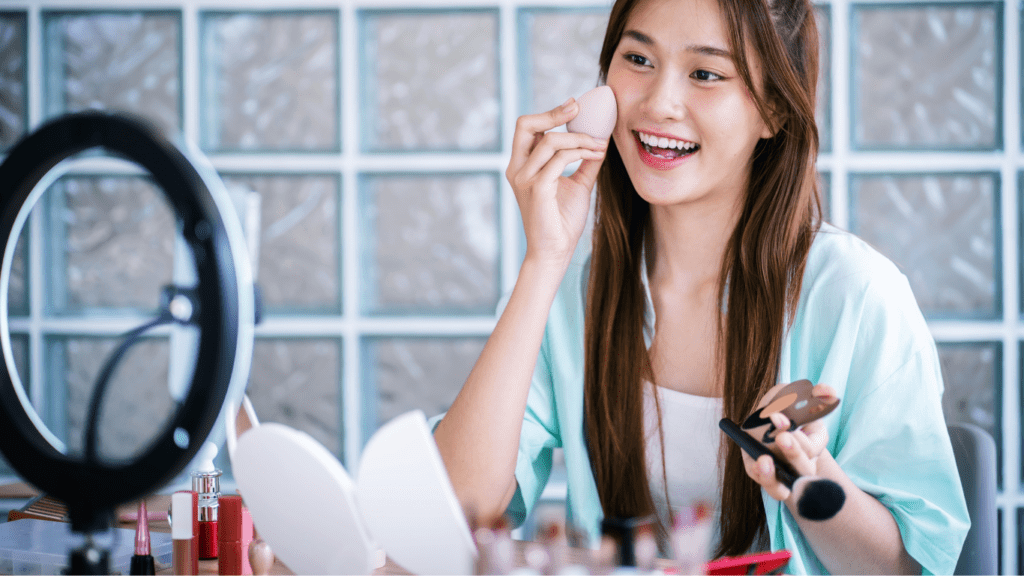
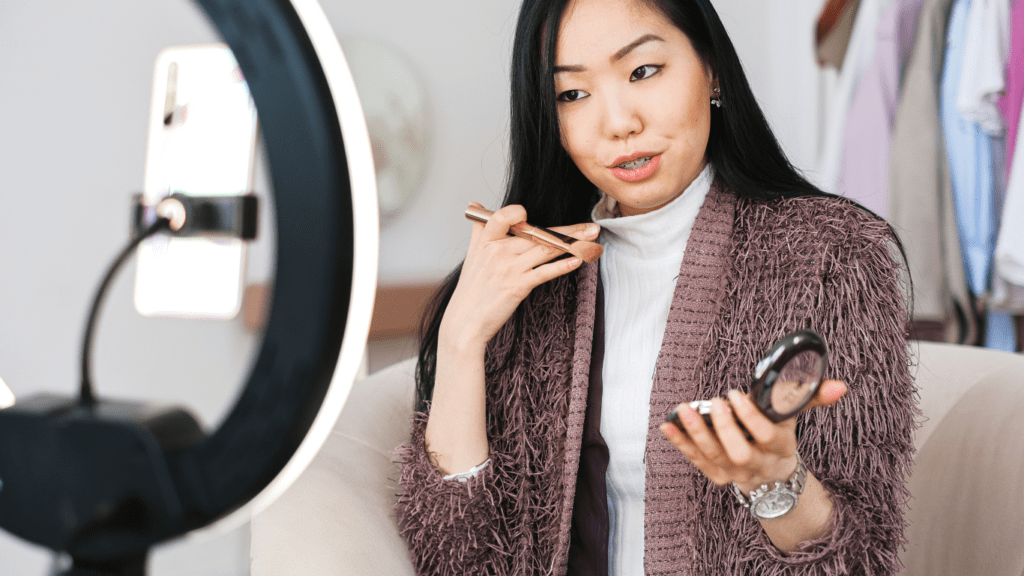
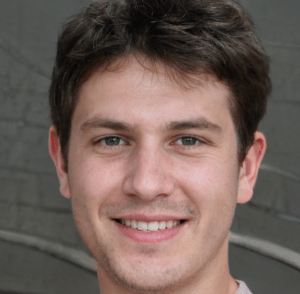 Senior Fashion & Beauty Writer
Eric Camp, a seasoned writer and fashion expert, lends his sharp eye for trends and beauty to Glam World Walk. With a background in luxury retail and editorial work, Eric dives deep into the latest runway trends, offering readers insightful takes on the intersection of style and culture. His beauty product reviews and fashion industry analyses make him an indispensable part of the team, keeping readers ahead of the curve on all things chic and stylish.
Senior Fashion & Beauty Writer
Eric Camp, a seasoned writer and fashion expert, lends his sharp eye for trends and beauty to Glam World Walk. With a background in luxury retail and editorial work, Eric dives deep into the latest runway trends, offering readers insightful takes on the intersection of style and culture. His beauty product reviews and fashion industry analyses make him an indispensable part of the team, keeping readers ahead of the curve on all things chic and stylish.